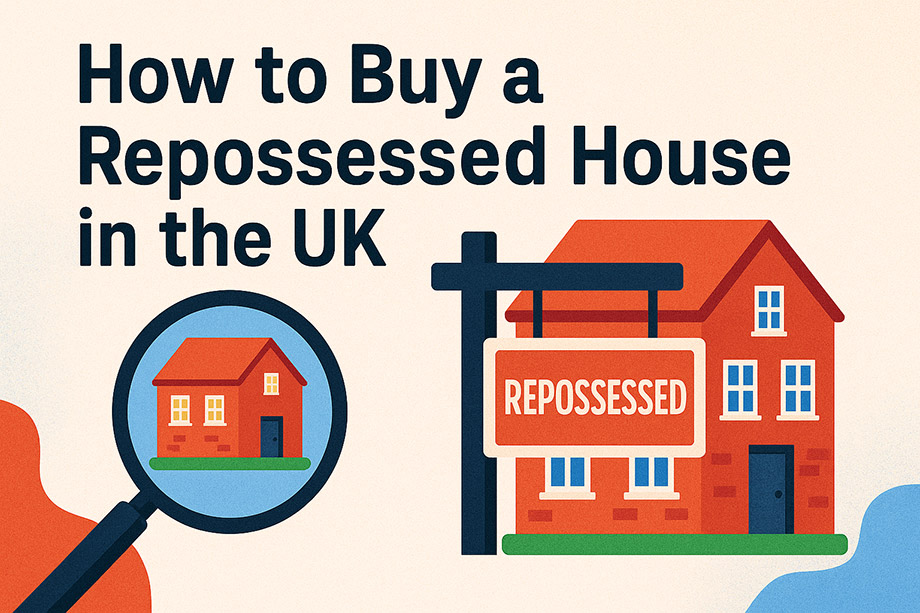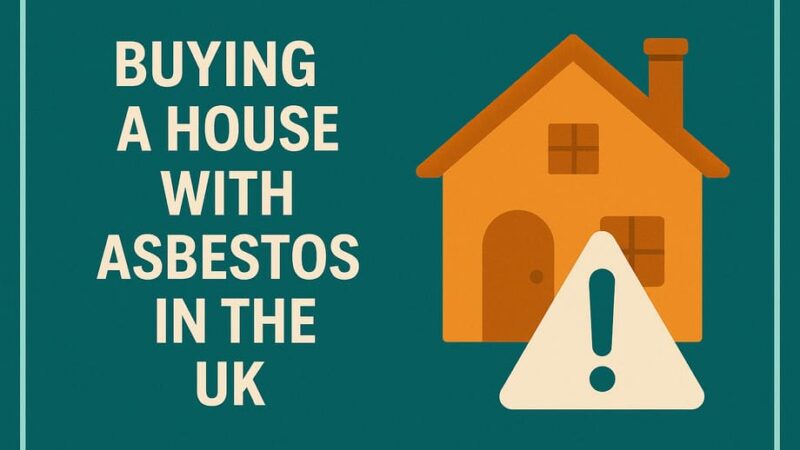How to Buy a Repossessed House in the UK

Buying a repossessed house can be a great way to get a property at a lower price, but the process is a little different from a standard sale. If you’re considering this route, it’s important to understand how repossessed properties are sold, what to watch out for, and how to move quickly when the right opportunity comes along.
Here’s a step-by-step guide to help you buy a repossessed house in the UK with confidence.
Table of Contents
What Is a Repossessed House?
A repossessed house is a property that has been taken back by a mortgage lender because the previous owner failed to keep up with their mortgage repayments. The lender will then sell the house, usually through an estate agent or auction, to recover the money they are owed.
Because the lender is keen to sell quickly, these properties are often listed at competitive prices. However, buying one comes with a few unique challenges that you’ll need to be prepared for.
Where to Find Repossessed Properties
You can find repossessed houses in a few places:
- Estate agents: Many high street agents list repossessed homes, although they may not always be clearly labelled.
- Auction houses: Property auctions are a common route for selling repossessed homes.
- Specialist websites: Some property portals and auction sites list repossessed properties specifically.
- Banks and lenders: Some mortgage lenders publish lists of repossessed properties they are selling.
If you’re serious about buying this type of property, it’s worth registering with local estate agents and keeping an eye on auction catalogues.
Steps to Buying a Repossessed House
1. Arrange your finances early
Repossessed properties can sell fast. Having a mortgage in principle or cash funds ready gives you the best chance of securing the property when you find one.
2. Act quickly, but do your research
Because these homes are often sold below market value, competition can be high. But don’t rush blindly. View the property as soon as possible and consider getting a full structural survey to spot any issues.
3. Understand the risks
Repossession sales are usually made “as seen.” The seller is unlikely to fix any problems or answer detailed questions. You may also find the property has been left in poor condition, or even vandalised.
4. Be prepared for a price change
Even after your offer is accepted, the seller (usually a bank or lender) may continue to market the property. If a higher offer comes in, you might lose out unless you can match it. This is a common practice, and it’s legal.
5. Work with a solicitor who understands the process
A conveyancer with experience in repossession sales can help you move quickly and avoid delays. Time is often a key factor when buying a repossessed property.
What to Watch Out For
- No guarantees about the condition: Repossessed properties are sold without warranties or guarantees.
- Risk of being gazumped: The seller can accept a higher offer even after agreeing to yours.
- Vacant possession: Make sure the property is empty and legally ready to be transferred to you.
- Possible legal complications: There may be unpaid charges or issues left behind by the previous owner.
A full solicitor’s check and thorough survey are essential before you commit.
Final Thoughts
Buying a repossessed house in the UK can be a smart investment, but it’s not without risks. You need to move quickly, have your finances in place, and go into the process with your eyes open.
If you’re prepared and supported by the right professionals, you could end up with a great property at a price below market value.
Last Updated on July 29, 2025 by James Cartwright







